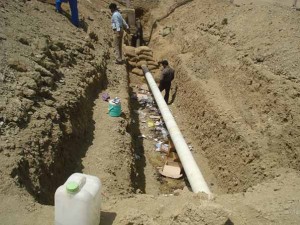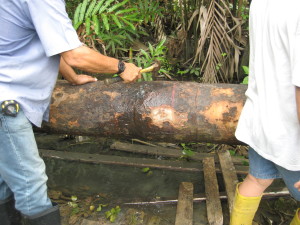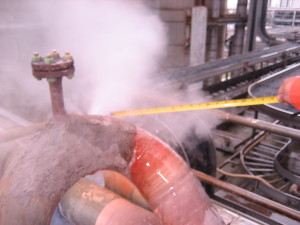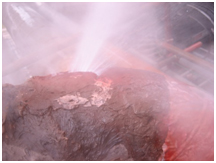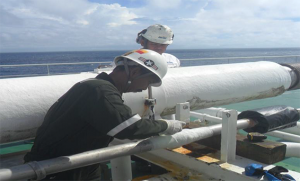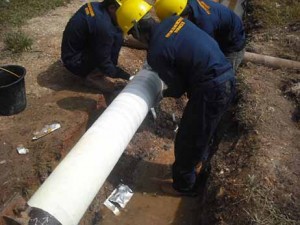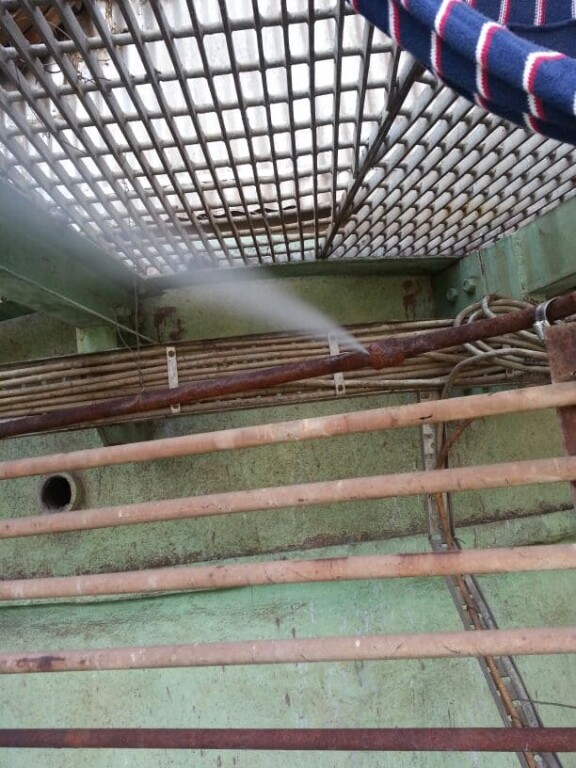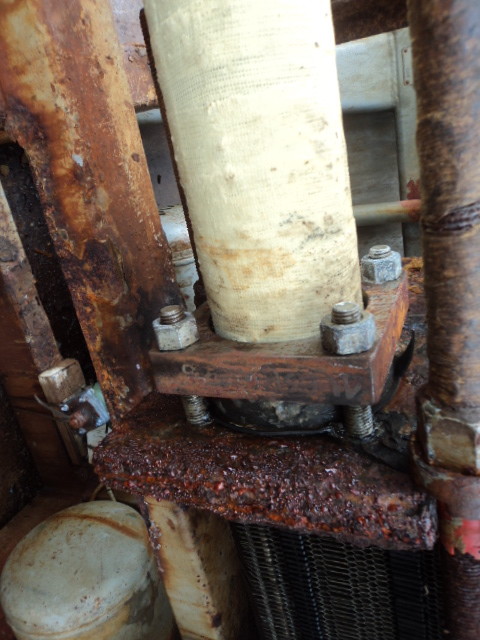
10 Ways to Control Corrosion in Process Plants
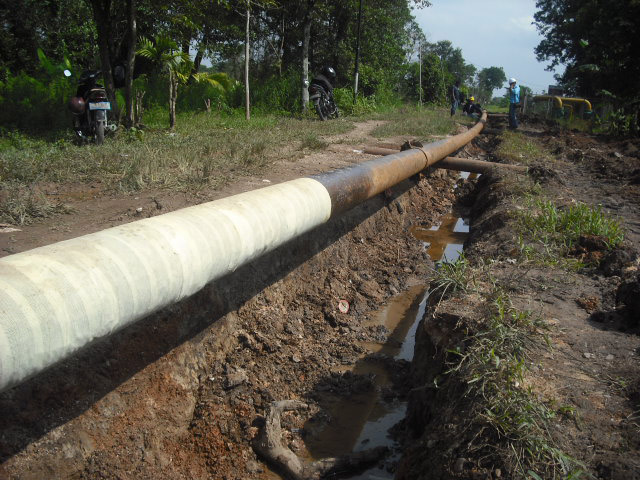
Introduction
Corrosion in industrial facilities and process plants is a costly mechanism. It could also have safety, environmental, and equipment reliability impacts and consequences. The top ten ways to control corrosion in process plants are as follows.
1. Corrosion of Buried Piping or Pipelines
Apply impressed current cathodic protection and polarize the system to –850 Mv. If there is evidence of microbiological activity, polarize to –950 Mv. For new equipment, apply a suitable epoxy coating to reduce cathodic protection system demand and backfill with graded fill to prevent coating damage by rocks. At the juction with soil and air, apply suitable composite wrapping to the pipeline to avoid moisture contact onto the pipe surface.
2. Corrosion of Underwater Pipelines
Apply cathodic protection using impressed current or sacrificial anodes. Polarize to –850 Mv. For existing pipelines that are corroded, apply composite wrapping and repair techniques to reinforce the pipeline so as to provide service lifespan extension. For new facilities apply a protection system incorporating a heavy extruded jacket over a epoxy resin coating or metal repair putty. Joint protection is critical, and should employ a heat shrunk sleeve after the joint is prepared and coated.
3. Corrosion by Organic Sulfur Compounds in Hydrocarbon Streams
If carbon steel has proven inadequate, upgrade to higher chromium content alloys. Be aware that low silicon carbon steel components sulfide faster than higher silicon steels. For extra protection, application of anti-corrosion coating e.g. epoxy resin coating, pipeline reinforcement via composite wrapping or fiberglass repair tapes can help to reduce the rate of corrosion.
4. Corrosion by Naphthenic Acids
For the most economical approach, inject a Naphthenic Acid corrosion inhibitor in conjunction with limited alloy upgrading to Type 317 stainless steel of circuits that cannot be protected by the inhibitor. Alloy upgrading alone is rarely cost effective, and only practical if there is a longer term supply of high TAN crude.
5. Corrosion by H2S/Hydrogen
Upgrade circuits to stainless steel selectively. The severity of attack depends on the H2S content of the stream and the liquid/vapor ratio. For many applications, Type 304/304L is adequate. Various API, NACE, and other industry documents can provide guidance on alloy selection (e.g., API RP 571, NACE MR 0103, etc.). Whenever leak occurs at such circuits, use suitable pipe leak repair systems including suitable epoxy repair putty with and composite repair products can resolve the issue until the next shutdown is available for permanent replacement.
6. Corrosion at Pipe Supports
Piping experiences increased external corrosion where it sits on a support. Water and corrosives can become trapped in the crevice between the pipe and the support, and movement between pipe and support dislodges scale which would retard corrosion. Corrosion at this location is difficult to monitor and measure. It can be controlled by attaching a shaped shoe to the outside of the pipe at the support. Before leaks happen at such pipe supports, it is useful to apply suitable epoxy repair coatings and pipeline reinforcement wrapping techniques. In the event that leak happens at pipe support, suitable pipe leak repair solutions are available to resolve such matters.
7. Corrosion in Recirculating Cooling Water Systems
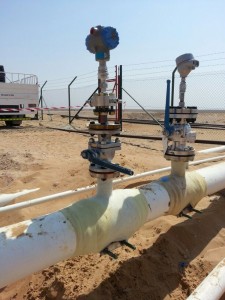
Corrosion is controlled by application of a biocide and a chemical treatment to control scaling and corrosion. When hydrocarbon leaks into the system, the biocide is consumed by the hydrocarbon and organic deposits form, leading to localized corrosion. A first step in controlling corrosion is to break the “Vicious Cycle” initiated by hydrocarbon leaks.
Remediating techniques for the above include application of anti-corrosion coatings, epoxy based resin coatings or repair putty, reinforcement of corroded area with fiberglass repair tapes or reinforcement sheet. If leak occurs and the operating pressure is not high, these leaks can be resolved with pipe leak repair kits.
8. Corrosion in Boilers
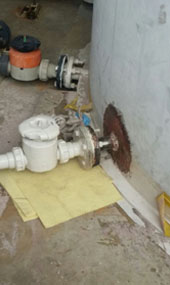
Provided feedwater treatment is correctly maintained, online corrosion is rarely a problem. Many corrosion problems in boilers occur when the unit is offline. Boiler layup procedures are critical and should include oxygen removal and exclusion, and chemicals to raise pH. Alternatively, the boiler may be dry stored, with water completely removed. The fireside should be maintained warm to prevent water and acid condensation.
Repair and rehabilitation method for boiler system corrosion include application of suitable high temperature repair putty and reinforcement of the defective area with suitable reinforcement sheet.
9. Corrosion Under Insulation
Field experience has shown many cases of Corrosion Under Insulation (CUI) on carbon steel equipment operating between 25 and 350ºF (Ref. NACE SP0198-2010) when water penetrates the insulation. Salts carried in with the water, or derived from the insulation, form a corrosive environment at the pipe surface. Corrosion is controlled by applying a coating such as an epoxy or epoxy phenolic to the pipe and by ensuring that the weatherproofing over the insulation excludes water.
For critical assets that face corrosion under insulation, it is necessary to monitor and remediate as soon as possible. Composite wrapping technique is one method to reduce the rate of corrosion, provide reinforcement to the piping system and therefore extend the service lifespan of these assets.
10. Corrosion in Crude Column Overheads
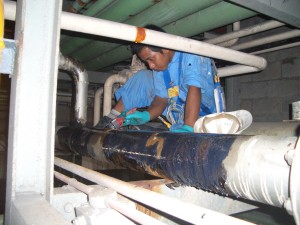
Corrosion in the overhead of atmospheric crude units is caused by condensation of acids or desublimation of ammonium chloride. It is usual to add inhibitors to control acid corrosion. Control of corrosion under ammonium chloride deposits has become a more critical problem due to increased ammonia levels caused by ammonia recycle within the refinery. Corrosion under Ammonium Chloride deposits is best controlled by a continuous water wash in the overhead system. Water introduced to the overhead must be removed in the downstream drum.
